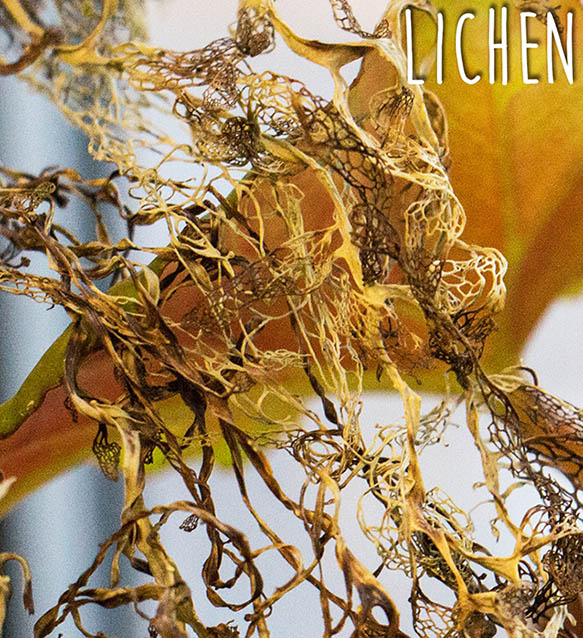
NPS Photo/ M.Reed
This week on #sciencedeskdigs ecologist, Tamara Blett, helps us notice the little things we may pass by everyday.
What is it?
This is an organism called lichen. Lichens consist of a fungus and a green alga or cyanobacteria (or both) The green algae or cyanoabacteria photosynthesize and produce food in the form of sugar for the fungus and in return the fungus provides a home for the microbes as well as water, minerals, and other nutrients. It is a win-win relationship for the two organisms.
You will see lichen almost everywhere you go in nature but you may miss it if you don’t know what to look for. Everyone sees the trees and the birds but lichens are another layer of nature to look at with all their different forms, colors, and textures adorning rocks, trees, shrubs, and soils. That is why I like having them at my desk. They provide little living curtains to my windows and remind me of the complex, fascinating, and sometimes hidden things going on in our natural world
Lichens are extremely sensitive to air pollutants and so they are like the check engine light for ecosystems. If lichens start dying then you know that something is wrong with the air quality, and poor air quality may be beginning to affect parts of the ecosystem that humans and wildlife depend upon. For example, lichen can provide food, cover, and nesting material for birds, mammals, and insects. Lichens have also been used for human food, medicine, and textiles. They also produce a unique compound which has promising pharmaceutical uses such as antioxidants, anti-cancer, and antibiotics.
Lichens are also sensitive to changes in climate, as most species require specific temperature and moisture conditions in order to thrive. Even a 1℃ shift in average annual temperature can drastically increase or decrease the probability of finding certain lichens. Climate change and forest biodiversity can be tracked and indicated by monitoring the make-up of a lichen community which is why they make great miniature and cost-effective monitors to investigate changing conditions that may affect forest health.
Describe your workspace in one word.
Panoramic. That word works both in describing the beautiful view of the mountains that I have from my office and also how lichens make you take the wide view of ecosystems, and see their complexity from a different perspective.
Last updated: June 16, 2020
